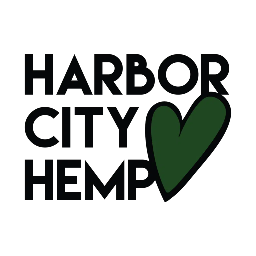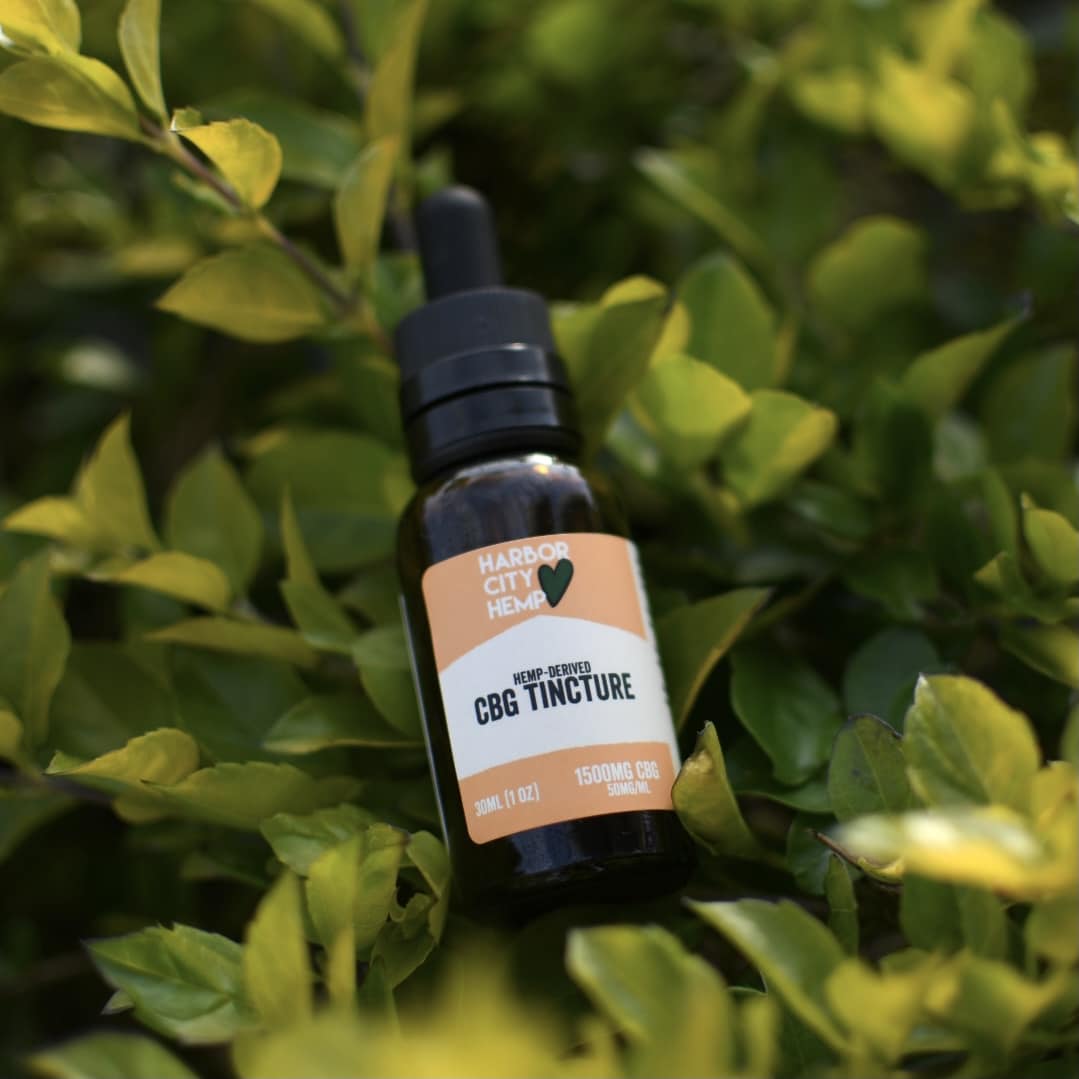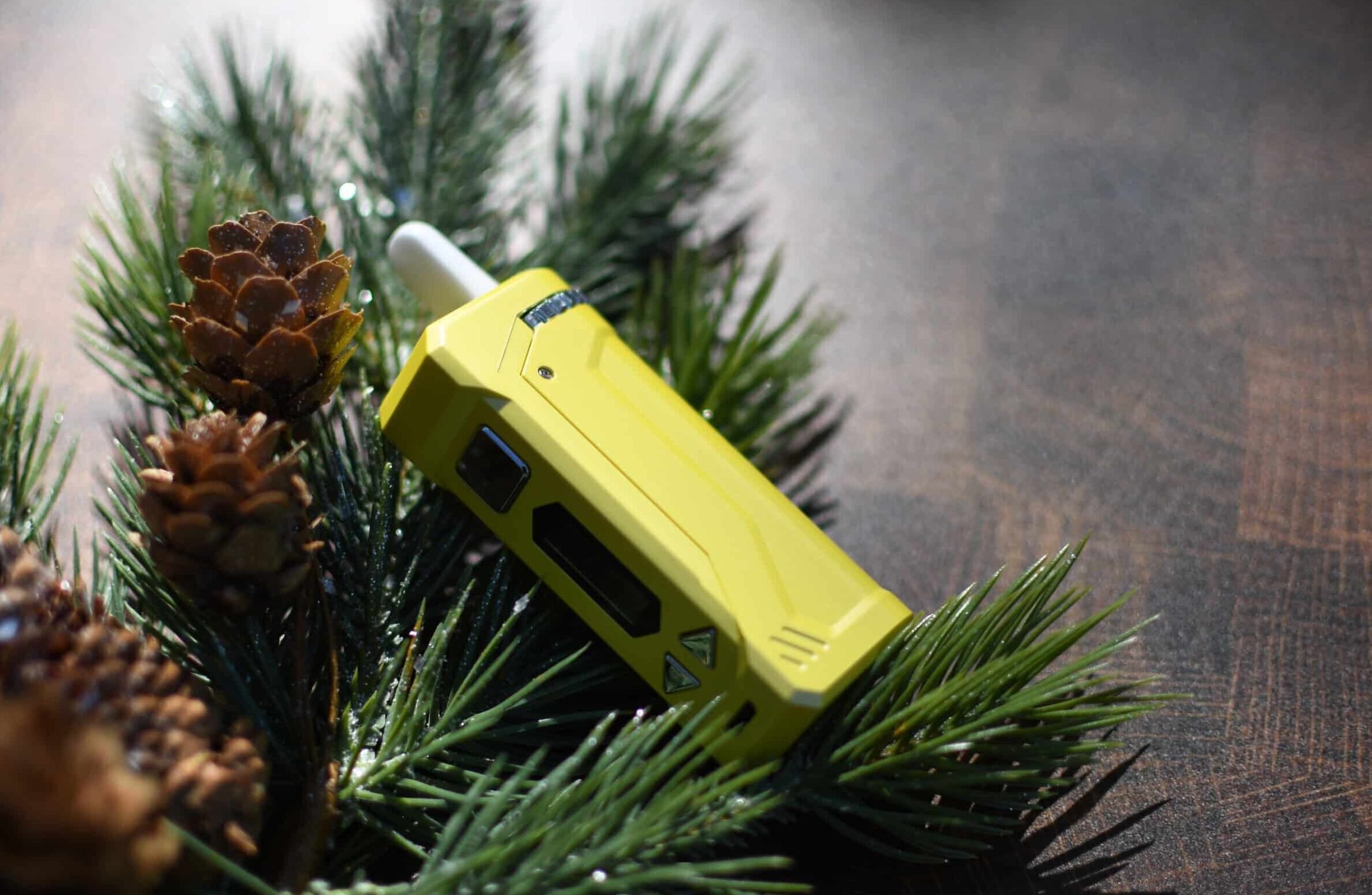Cannabis Category
The Strongest Cannabinoids And What They Can Do To Your Body
At the moment, there are 113 identified cannabinoids in the cannabis plant, with Tetrahydrocannabinol (THC) and cannabidiol (CBD) as the most popular ones. These two alone have significant differences between them. Being the most abundant cannabinoids in weed, we know more about CBD and THC cannabinoids than the rest.
We now know THC and CBD are the leading cannabinoids in terms of potential therapeutic benefits, especially for conditions such as anxiety and chronic pain. But as more scientists gain access to cannabis for research, we discover other, less prevalent cannabinoids that also contribute to the plant’s medicinal properties.
Before we go into that and identify the strongest cannabinoids we know right now, it’s essential to understand the basics of cannabinoids first.
What Are Cannabinoids?
A cannabinoid is one of a class of chemical compounds that act on the body’s cannabinoid receptors, which are part of the endocannabinoid system (ECS). Decades ago, scientists speculated that cannabinoids produced physiological and behavioral effects when interacting with cell membranes.
When the first cannabinoid receptors were discovered in the 1980s, we learned much about how cannabis and its cannabinoids affect the body and mind. We know all about the CB1 and CB2 receptors. Most probably, others are waiting to be discovered. Those shiny, glistening trichomes on a cannabis plant near harvest are where the cannabinoids are primarily stored.
It was also during the 1980s that the ECS was discovered. It is located throughout the body’s central and peripheral nervous systems. ECS helps regulate the body’s functions and create a balance, also known as the state of homeostasis. The cannabinoids in cannabis can bind to the CB1 receptor sites (primarily in the brain) and CB2 receptor sites (which are found mainly in the other parts of the body).
The cannabinoids produce different effects, which depend on whether they bind with CB1 or CB2. Cannabis strains contain a massive array of cannabinoids that bind to these receptor sites. According to its proponents, this is what makes cannabis such a versatile healer.
Cannabinoids start as cannabinoid acids, and they activate when they are heated. This molecular transformation is a process called decarboxylation. When cannabis is heated (either when you light up a joint or bowl or in the oven), the acid is removed from the molecule and transformed into a bioavailable compound registered by the body. An example is THCA, which turns into THC when decarboxylated.
How to Consume Cannabinoids
You can experience cannabinoids via numerous mediums. The most common are smoking and vaping, although other methods, such as sublingual absorption, transdermal patch, oral ingestion, and topicals, are fast becoming popular. You can also consume cannabinoids via IV injection and suppositories.
When cannabinoids enter your body, the liver works on metabolizing them. In terms of the highest bioavailability, IV injection is the best method, followed by vaping. If you do it via oral ingestion and sublingual absorption, your body absorbs as little as 10-20% of the cannabinoids.
There are lots of varieties when it comes to naturally occurring cannabinoids in the cannabis plant. Modern times ushered in selective breeding, which enables growers to control the plant’s genetics. This allows them to cultivate strains with a particular cannabinoid profile.
The hemp plant is bred to produce a higher CBD content with selective breeding, while cannabis growers constantly try to produce a higher THC level. Right now, the cannabis plant rarely has more than 1% of any cannabinoids (apart from THC or CBD), but it shouldn’t be a surprise if we get to the stage where breeders can grow plants with high percentages of less popular cannabinoids. This is more probable if research proves that other cannabinoids have significant medical potential.
This is why consuming raw cannabis is not advisable – you won’t be able to enjoy the psychoactive high you are looking for because the THC is not activated.
With hemp-derived products, you can enjoy the relaxing benefits of cannabis without the intoxicating effects of THC. Here’s what you should try: Harbor City Hemp Cannabinoids.
What Makes a Cannabinoid Potent?
Potency is measured according to a cannabinoid’s ability to produce a psychoactive experience in the user. So the more potent the cannabinoid is, the more intense the psychoactive experience will be. Scientifically, a cannabinoid’s potency is measured by how well it binds to or blocks the body’s endocannabinoid receptors.
When it comes to THC and its psychoactive analogs, the potency is measured by the number of carbon atoms in the alkyl side chain of the molecule. A molecule with eight carbon atoms would fit our CB1 and CB2 receptors. This makes a cannabinoid as potent as it could be. But right now, no natural cannabinoid has this quantity of carbon atoms in the alkyl side chain.
Molecules containing fewer than three carbon atoms cannot bind with endocannabinoid receptors. This means there will be no psychoactive experience produced. Those with three carbon atoms can offer a mild high, with the potency increasing with each additional carbon atom.
Delta 8 THC cartridges are the best for smooth and potent vaping. Get the best vaping experience with Harbor City Hemp 1ml Delta 8 BDT Cartridge.
The Strongest Cannabinoids According to Potency
Not all cannabinoids are made equal. Some are much stronger than others. Using the potency levels as a basis, here are the strongest cannabinoids we have today.
THCP
THCP is the strongest natural cannabinoid, making it sit at the top of the spectrum as the most potent cannabinoid. Some studies have suggested THCP as 33 times more potent than Delta 9 THC, although some would peg it as only 10 times stronger.
Although other psychoactive cannabinoids are more potent, they are not found naturally in the cannabis plant and have many risks. Both hemp and marijuana have THCP in small concentrations.
THC-O
THC-O is a THC analog that contains the same number of carbon atoms in its alkyl side chain. The main difference is the acetate group that replaces the hydroxyl group found in Delta 9 THC with an acetate group. This may look like a minor change, but it makes THC-O significantly more bioavailable than other forms of THC.
THC-O is considered around three times as potent as Delta 9 THC. The higher molecule uptake into the bloodstream and brain is instrumental in its increased potency. This cannabinoid is later metabolized into Delta 9 THC, the source of the psychoactive effects.
Delta 9 THC
Delta 9 THC is undeniably the most popular and well-known cannabinoid and the most prevalent psychoactive cannabinoid in cannabis plants. The high mostly associated with cannabis is Delta 9 THC’s doing. In terms of anti-inflammatory levels, THC has 20 times the strength of aspirin.
Delta 9 THC is where other THC cannabinoids are compared to. It’s the cannabinoid mainly used as a baseline for assessing the relative potency of all the other cannabinoids. There are five carbon atoms in the alkyl side chain of Delta 9 THC, and its hydroxy group allows the strong binding capability to CB1 receptors.
This results in ECS releasing dopamines, which give users the sensations of relaxation and euphoria that users seek. Being under the influence of THC can bring side effects that affect your memory, concentration levels, movement, and sensory perception.
HHC
Hexahydrocannabinol (HHC) is a more stable form of THC. In terms of chemical structure, it’s very similar to THC but is referred to as “hydrogenated” because it has additional hydrogen atoms that break the double bond (Delta) found in other THC molecule types. The added hydrogen atoms fit less snugly into CB1 receptors. This makes HHC around 80% as potent as Delta 9 THC.
Delta 8 THC
Delta 8 THC is almost the same as Delta 9 THC in terms of molecular structure. The main difference between the two is that the double bond of the carbon chain in Delta 8 THC is in the eighth position. Delta 8 THC is about 50-65% as potent as Delta 9 THC. Most users undergo a clear-headed relaxation and psychoactive experience with a lower risk of unpleasant side effects.
Delta 8 is one of the most popular psychoactive cannabinoids that provide an alternative to Delta 9. Hemp-derived products such as the Harbor City Hemp Delta 8 Tincture are federally legal as long as they contain less than 0.3% Delta 9 THC per the Controlled Substances Act.
Delta 10 THC
Delta 10 THC is almost identical in structure to Delta 9 THC too. The main difference between Delta 10 and Delta 9 THC is that this newly discovered cannabinoid has a double bond in the carbon chain placed in the tenth position. Delta 10 THC is around 50% as potent as Delta 9 THC. Common effects include improved focus, attention, mood, and energy.
THCV
Tetrahydrocannabivarin (THCV) is another cannabinoid that is almost identical to Delta 9 THC, but this one only has three carbon atoms in the alkyl side chain. Because of the low number of carbon atoms, THCV is approximately just 25% as potent as Delta 9 THC. Yes, it has potential intoxicating effects, but it’s not enough to get you high.
It was said that THCV, in small amounts, acts as an agonist to some of the effects of THC, but in larger doses, THCV can potentially accentuate the effects. Marijuana strains with lots of THCV will produce a clear-headed psychedelic high that will provide you with an energy burst but won’t last long.
The compound binds to the CB1 and CB2 receptors in the ECS in a dose-dependent manner. The apparent potential benefits of THCV are becoming known as the level of research increases exponentially. One of the most popular effects of THCV is being an appetite suppressant. This makes THCV popular among those who are struggling to lose weight. An October 2016 study also discovered that THCV could help individuals with type 2 diabetes control their glycemic levels.
FAQ
What cannabinoids get you higher?
THCP is the most potent cannabinoid currently known, about 30x that of Delta 9 THC. This is followed by THC-O, which is around three times as powerful as Delta 9. These two are followed by Delta 9, the most popular and well-known cannabinoid and primarily used as a baseline for assessing the relative potency of all other cannabinoids.
Delta 9 is followed by HHC, which is about 80% as potent as Delta 9. Delta 9’s cousins, Delta 8 and Delta 10, are also cannabinoids that can get you high.
What is the most important cannabinoid?
Depends on how you define the most important, but in terms of popularity and abundance, we have THC and CBD. Delta 9 THC, the most famous cannabinoid, needs no introduction among cannabis users. It’s the leading provider of the psychotropic punch that users know and love and is responsible for the well-sought feelings of elation and relaxation. However, it is not the only cannabinoid that delivers a psychoactive effect.
CBD, unlike THC, is non-psychoactive, but it has become equally popular because it allows users to enjoy the relaxing benefits of cannabis without the intoxicating high.
What is the strongest synthetic cannabinoid?
The distinction belongs to JWH-018, arguably the most widely known synthetic cannabinoid. It belongs to the group of aminoalkylindole and is said to be three times as potent as THC. By far, aminoalkylindoles are the most prevalent compounds found in herbal products that are laced with synthetic cannabinoids.
What are the four main cannabinoids?
The four main cannabinoids are THCA, CBDA, CBD, and CBGA. THCA or Delta 9 THC is the most widely known cannabinoid and the main reason for the psychoactive effects, the “high” commonly associated with cannabis. CBDA, cannabidiolic acid, is another abundant cannabinoid in marijuana plants that turns into CBD when heated.
CBD, or cannabidiol, is making waves because of its ability to treat pain, nausea, anxiety, and sleep disorders, minus THC’s intoxicating effects. Then there’s CBGA, which is the precursor of the three main cannabinoid lines and the chemical parent to THC and CBD.
Get the Best Cannabinoid Products In Melbourne, Florida, at Harbor City Hemp
Harbor City Hemp was founded in Melbourne, FL, by two engineers that are passionate about the hemp market. Our store’s mission is to provide high-quality and affordable hemp plant products to the local community and customers across the United States.
At Harbor City Hemp, we have recently updated the terms and conditions of our discount program to better streamline the experience for you as our customer. Please get in touch for more details on how to enroll. Learn about the updated discounting and the documentation requirements to be accepted into the program.
Customer support is available from Monday to Friday between 9 AM and 5 PM EST. You can expect a reply within 48 hours or less. You can also visit our physical stores. Check out the nearest Harbor City Hemp shop near you.




